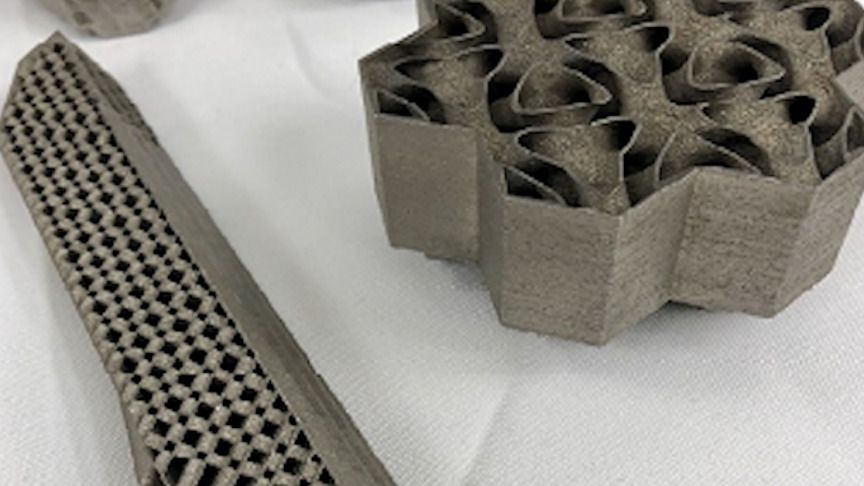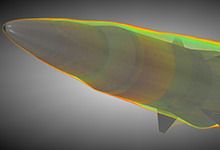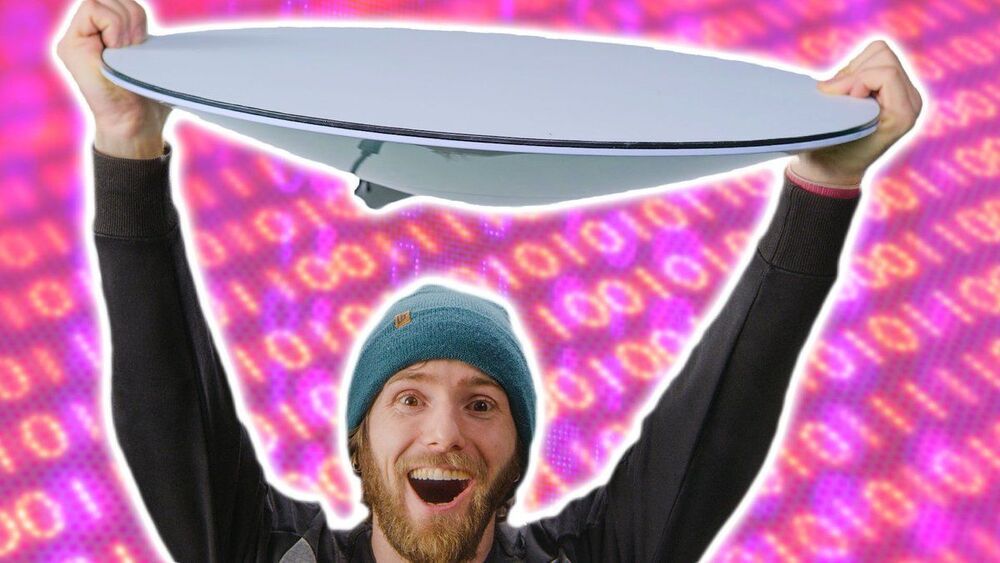
😃
Canadian YouTuber Linus Sebastián reviewed SpaceX’s Starlink Internet on his Linus Tech Tips channel (video below). SpaceX currently operates approximately 1085 internet-beaming Starlink satellites in low Earth orbit that will be part of a constellation of over 4400 satellites designed to connect the planet to the world wide web. To connect to space-based internet Starlink customers use a dish antenna and Wi-Fi router device. The company says the dish antenna is more advanced than what is currently in-use aboard fighter jets. The dish features a phased-array antenna, capable of transmitting and receiving signal from all directions as the satellites move across the sky. This week SpaceX started to accept preorders of the service via Starlink.com.
Linus Tech Tips created a great review video in which he tests Starlink’s speed and also talks about important aspects of the Starlink constellation, including a brief discussion on how the network works. In the video, Linus unboxes the Starlink Kit that costs $499USD, it includes a dish antenna, mounting equipment, power supply, and Wi-Fi router/modem device. The Starlink broadband internet service has no data cap, priced at $99USD per month. Linus and his team install the dish outdoors on top of the roof and connect to the network. First, he used the service to play multiple 4K YouTube videos at once, with good results. He just noticed a small lag when trying to load YouTube thumbnails and comments as four high-definition videos played simultaneously. Then Linus ran an online speed test, Starlink provided him with internet download speed of around 138 megabits per second (Mbps) and latency of 27 milliseconds (ms).
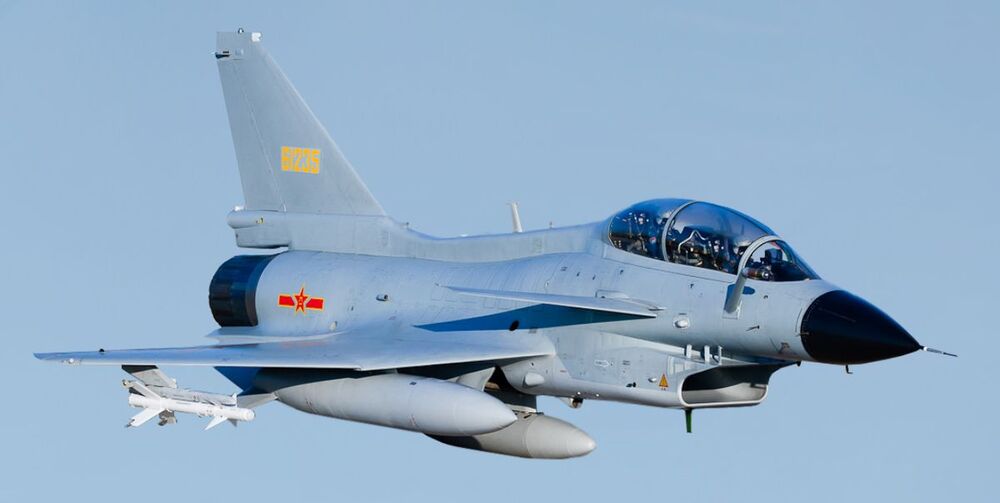

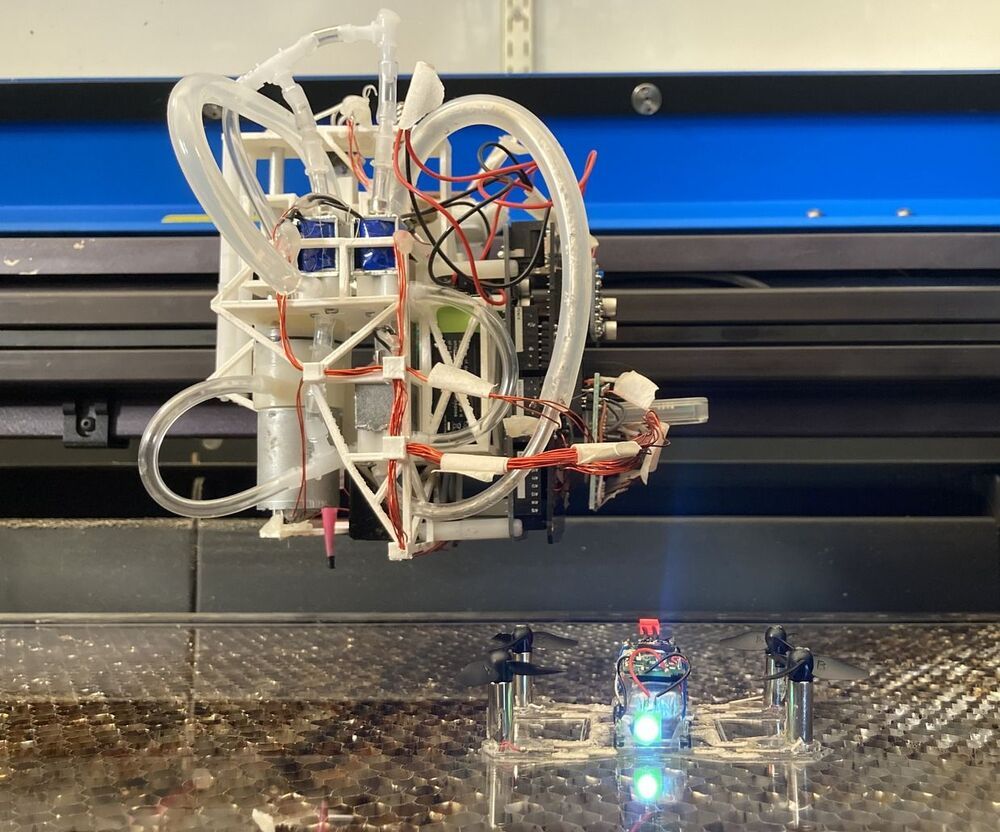
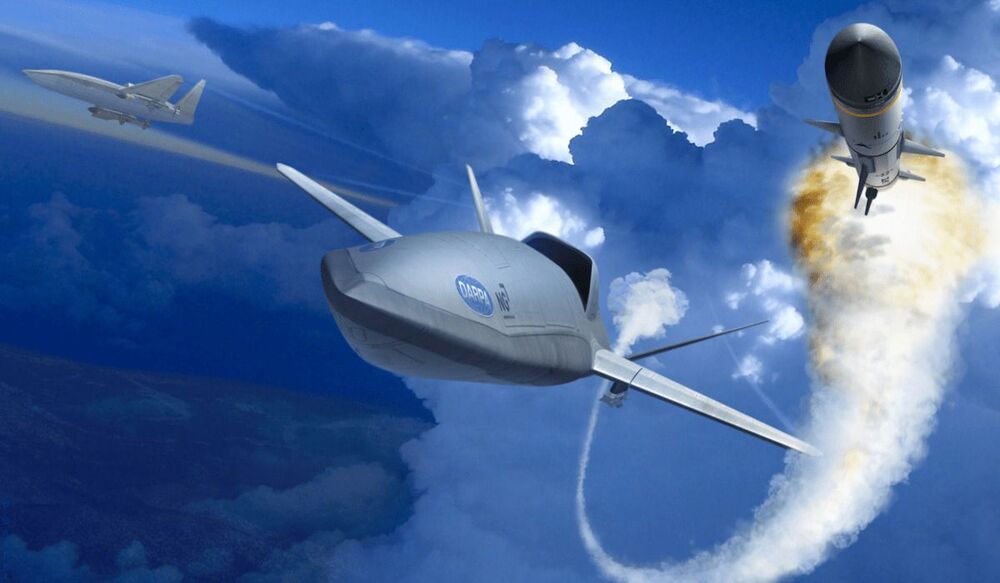
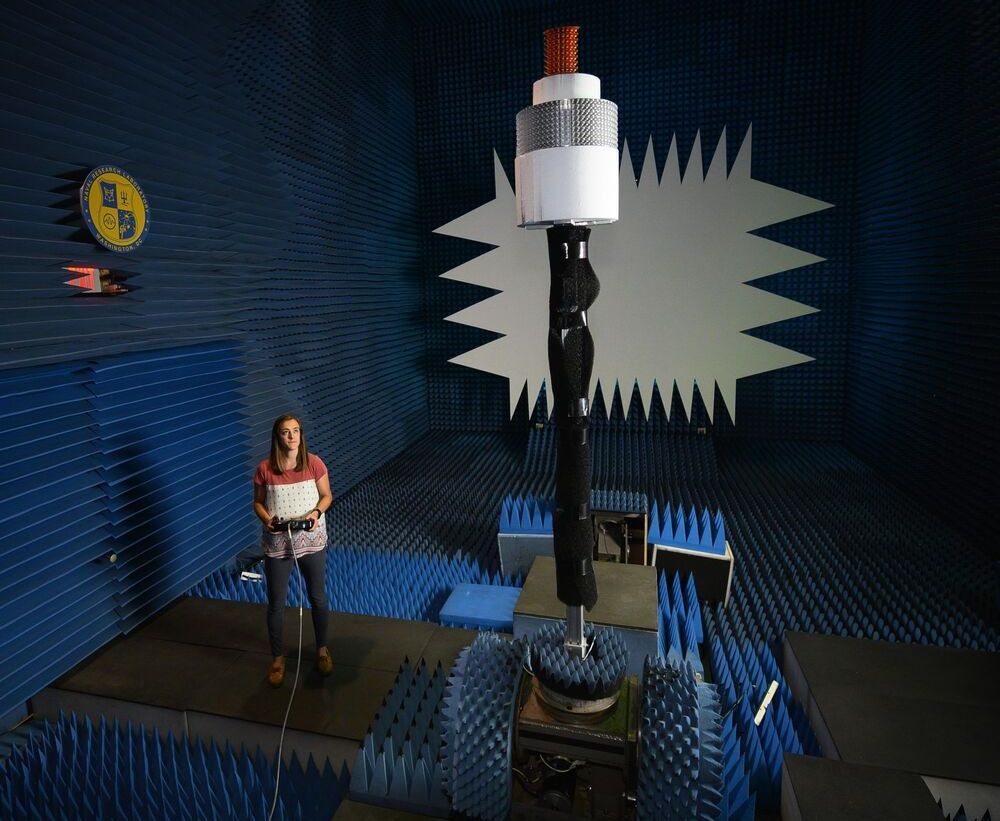

 The plasma compression fusion device (PCFD) generates the energy gain by plasma compression-induced nuclear fusion. This concept has the capability of maximizing the product of plasma pressure and energy confinement time to maximize the energy gain, and thus give rise to fusion ignition conditions. The preferred embodiment of this original concept uses a hollow cross-duct configuration of circular cross section in which the concentrated magnetic energy flux from two pairs of opposing curved-headed counter-spinning conical structures (possibly made from an alloy of tungsten with high capacitance) whose outer surfaces are electrically charged compresses a gaseous mixture of fusion fuel into a plasma, heated to extreme temperatures and pressures. The generated high-intensity electromagnetic (EM) radiation heats the plasma and the produced magnetic fields confine it in between the counter-spinning conical structures, named the dynamic fusors (four of them-smoothly curved apex sections opposing each other in pairs). The dynamic fusors can be assemblies of electrified grids and toroidal magnetic coils, arranged within a conical structure whose outer surface is electrically charged. The cross-duct inner surface surrounding the plasma core region is also electrically charged and vibrated in an accelerated mode to minimize the flux of plasma particles (including neutrals) from impacting the PCFD surfaces and initiating a plasma quench. The fusion fuel (preferably deuterium gas) is introduced into the plasma core through the counterspinning conical structures, namely, injected through orifices in the dynamic fusor heads. There is envisioned another even more compact version of this concept, which uses accelerated vibration in a linear-duct configuration (using two counterspinning dynamic fusors only) and would best be suited for fusion power generation on aircraft, or main battle tanks. The concept uses controlled motion of electrically charged matter through accelerated vibration and/or accelerated spin subjected to smooth, yet rapid acceleration transients, to generate extremely high-energy/high-intensity EM radiation (fields of high-energy photons) which not only confines the plasma but also greatly compresses itso as to produce a high power density plasma burn, leading to ignition. The PCFD concept can produce power in the gigawatt to terawatt range (and higher) with input power in the kilowatt to megawatt range and can possibly lead to ignition (selfsustained) plasma burn. Several important practical engineering and operational issues with operating a device such as the PCFD are discussed.
The plasma compression fusion device (PCFD) generates the energy gain by plasma compression-induced nuclear fusion. This concept has the capability of maximizing the product of plasma pressure and energy confinement time to maximize the energy gain, and thus give rise to fusion ignition conditions. The preferred embodiment of this original concept uses a hollow cross-duct configuration of circular cross section in which the concentrated magnetic energy flux from two pairs of opposing curved-headed counter-spinning conical structures (possibly made from an alloy of tungsten with high capacitance) whose outer surfaces are electrically charged compresses a gaseous mixture of fusion fuel into a plasma, heated to extreme temperatures and pressures. The generated high-intensity electromagnetic (EM) radiation heats the plasma and the produced magnetic fields confine it in between the counter-spinning conical structures, named the dynamic fusors (four of them-smoothly curved apex sections opposing each other in pairs). The dynamic fusors can be assemblies of electrified grids and toroidal magnetic coils, arranged within a conical structure whose outer surface is electrically charged. The cross-duct inner surface surrounding the plasma core region is also electrically charged and vibrated in an accelerated mode to minimize the flux of plasma particles (including neutrals) from impacting the PCFD surfaces and initiating a plasma quench. The fusion fuel (preferably deuterium gas) is introduced into the plasma core through the counterspinning conical structures, namely, injected through orifices in the dynamic fusor heads. There is envisioned another even more compact version of this concept, which uses accelerated vibration in a linear-duct configuration (using two counterspinning dynamic fusors only) and would best be suited for fusion power generation on aircraft, or main battle tanks. The concept uses controlled motion of electrically charged matter through accelerated vibration and/or accelerated spin subjected to smooth, yet rapid acceleration transients, to generate extremely high-energy/high-intensity EM radiation (fields of high-energy photons) which not only confines the plasma but also greatly compresses itso as to produce a high power density plasma burn, leading to ignition. The PCFD concept can produce power in the gigawatt to terawatt range (and higher) with input power in the kilowatt to megawatt range and can possibly lead to ignition (selfsustained) plasma burn. Several important practical engineering and operational issues with operating a device such as the PCFD are discussed.